Proto:Mr. Gimmick/Japan
This is a sub-page of Proto:Mr. Gimmick.
This prototype of the Japanese version seems to be rather late in development.
| Download Gimmick! (J Proto)
File: Gimmick! (J)(Prototype).nes.zip (393.2 KB) (info)
|
Intro Screen
The introductory screens were changed in both order and content. The first screen, the release year, was changed to "© 1992 Sunsoft" and relocated to the last position; The "Sunsoft presents" screen was put in its place. The last two screens in the prototype's introduction occupy the two middle positions in the final, but they were altered during development; "Gimmick Entertainment Team" was changed to "Authentic Entertainment," and "A Tomomi Sakai Game" was infamously replaced with "Gimmick!"
The "A Tomomi Sakai Game" text is used for an anti-tampering measure: if the text is removed, the game locks up shortly into the secret final level. (Please refer to the Notes page for an explanation of the routine.) As previously stated, the developers later removed that introductory screen. However, the "Tomo" string was left in the ROM to prevent the anti-tampering routine from triggering.
| Proto | Final |
|---|---|
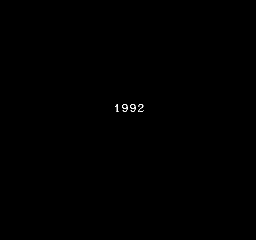 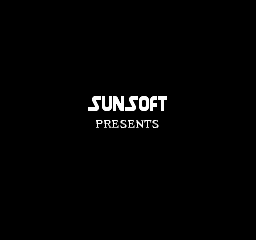 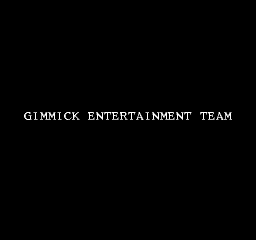 ![The Apple of Enlightenment told me this will [mostly] be erased.](/images/8/8f/Gimmick%21_%28J%29%28Prototype%29-Sakai_game.png) |
 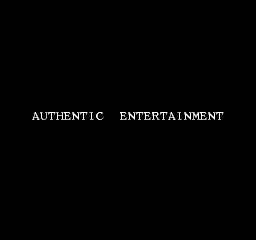 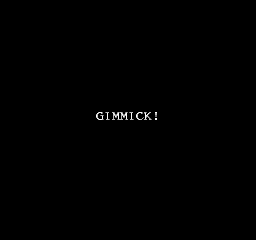 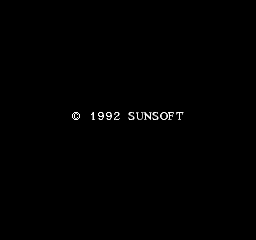 |
Title Screen
| Proto | Final |
|---|---|
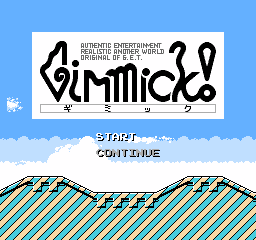 |
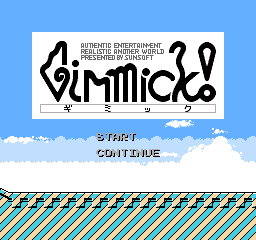 |
"Original of G.E.T.," which stands for "Gimmick Entertainment Team," was changed to "Presented by Sunsoft." This reflects the intro screen change.
An unused "1991" graphic meant to appear somewhere during the intro sequence or on the title screen. The game was already set for a 1992 release, as can be seen by the copyright screen. Therefore, this is an early leftover.
Anti-Tampering Screen
| Proto | Final |
|---|---|
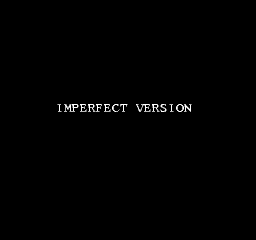 |
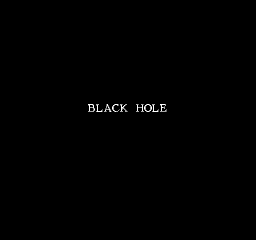 |
The infamous "Black Hole" message that appears when the anti-tampering routine is triggered is "Imperfect Version" in the prototype.
According to Sakai, this measure was, in fact, not aimed at pirates; the goal was to prevent Sunsoft, the game's publisher, from removing his name from the intro sequence. The intent being that, should his name be removed, players would be prevented from completing an "imperfect version" of the game. (More accurately, playtesters would have a major crash to report.) Since the final can be completed fully, the routine was clearly found and circumvented before the game's release.
The change to "Black Hole" for the final version serves as a developer in-joke and humorously-ominous message. In addition, the alteration functions as a signature for the programmer who successfully dummied out Sakai's name as well as his protection routine; The most likely "culprit" would be Akito Takeuchi, the main programmer of Atlantis no Nazo. (For reference, Atlantis no Nazo features an area called the "42th Zone." [The area's name is pronounced "the forty-two-th zone."] The infamous "BLACK HOLE" text accompanies players in an otherwise dark, empty area that is also a bottomless pit. Players cannot escape, and, therefore, they must lose all their lives and restart from scratch.)
Debug Functions
The debug function is present and enabled in this version. Even if the debug functions are disabled, the playable Ohagi enemy in Level 2 can only jump with Select. In the final, it can be moved left and right by using the D-Pad.